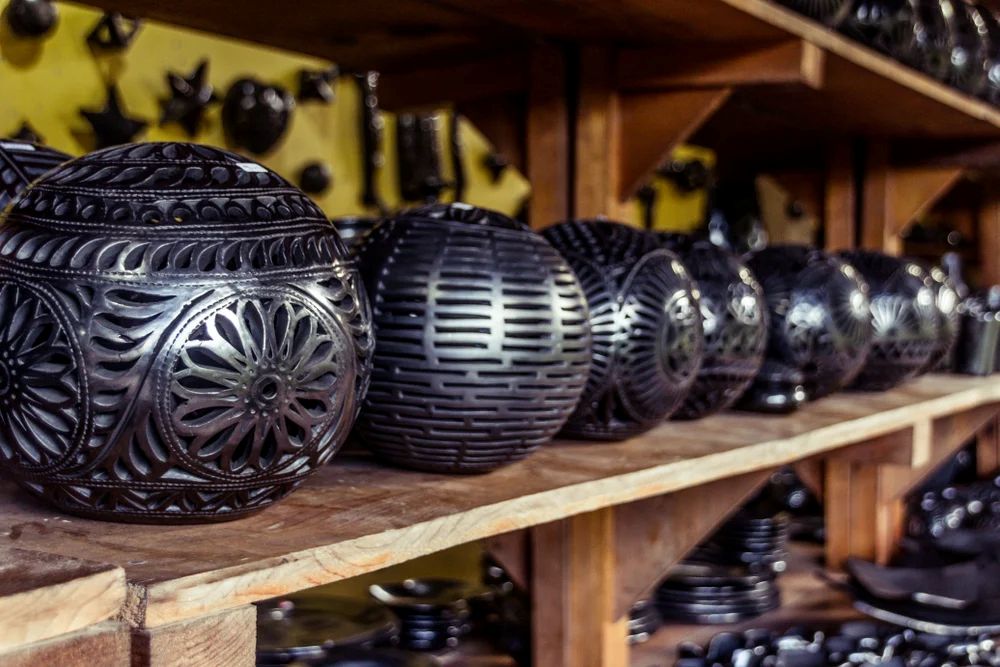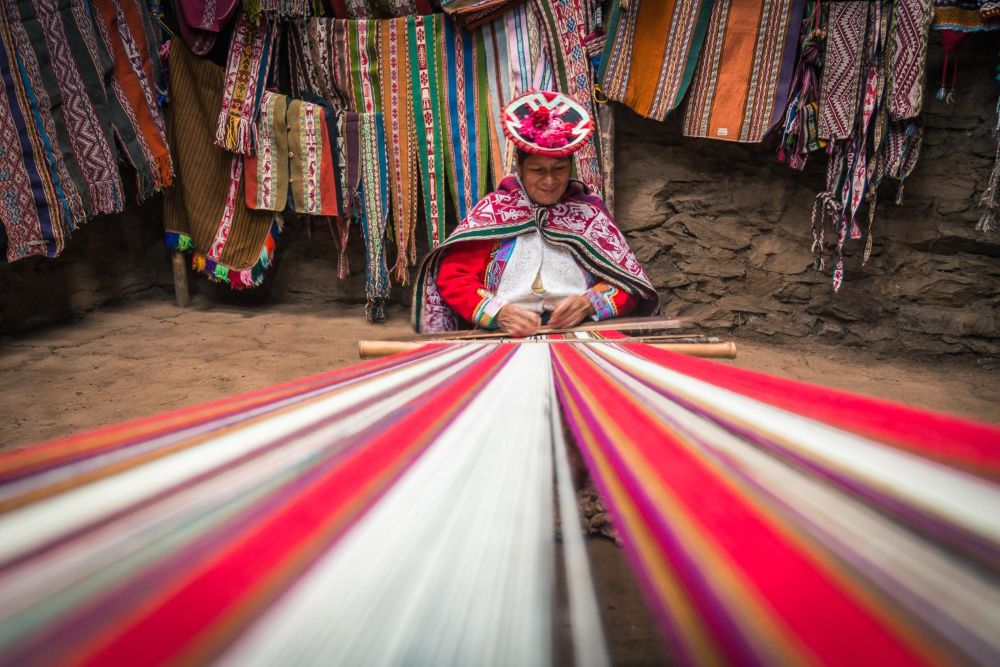When the sun warms the Central Valley of Oaxaca, wisps of smoke rise from the kilns above the rooftops of San Bartolo Coyotepec. In this town, famous for its long pottery tradition, the local clay has shaped one of
A craft rooted in history

The black clay of San Bartolo Coyotepec dates back to the Zapotec and Mixtec cultures — which emerged more than 2,500 years ago — and was already used to create domestic utensils and ceremonial objects. For centuries, these pots retained a matte gray tone and a primarily utilitarian function.
It was only in the early 1950s that an artisan, Rosa Real Mateo de Nieto, discovered that by polishing the pieces with a quartz stone and reducing oxygen during firing, the surface acquired a unique metallic sheen. This innovation transformed not only their appearance but also their status: everyday objects became true works of art, exhibited in galleries, museums, and international fairs.
A technique between tradition and transformation
The color and distinctive shine of barro negro result from a process that combines raw material, polishing, and firing. The clay, extracted from the surrounding areas, contains minerals that react to the heat of the kiln. Potters shape it by hand, let it dry, then polish it with quartz until achieving a smooth, glossy surface. Finally, firing it in tightly sealed wood-fired kilns, where oxygen is limited, turns the gray hue into a deep black with metallic reflections.
A stop along Oaxaca’s artisan route

Located just fifteen kilometers south of the city of Oaxaca, San Bartolo Coyotepec invites visitors to discover its family workshops, where all stages of black pottery making can be observed.
The Oaxaca State Museum of Folk Art, in the same town, completes the experience. It situates black pottery within a broader context of traditional crafts: textiles, wood carvings, basketry… Visiting both the museum and the workshops offers insight into how an ancestral practice has evolved into an art form recognized worldwide — a meeting point between technique, heritage, and creativity.
Today, the black pottery of San Bartolo Coyotepec still exemplifies how tradition, technique, and imagination converge in one place, leaving a lasting impression on both those who create it and those who admire it.
Photos: Bernardo Ramonfaur | Onora Casa | Government of Mexico








